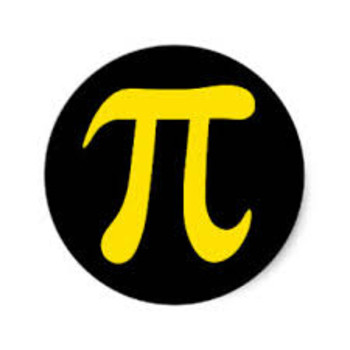Question #9a08d
1 Answer
Explanation:
There are two quantities which we do not know, and they are the starting amount of money, called P, and the rate of interest called r.
We have 2 different pieces of information involving P and r.
For compound interest:
(
Change the formula to make P the subject.
Make 2 equations from the information which is given:
The sum of money, P, is the same, therefore
Then
It is not necessary to find the value of r, so we can just substitute into the first equation:

